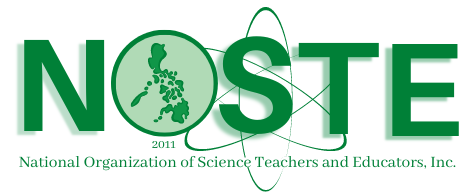Disaster Impact Assessment and Response Calculating System Using A* Search Algorithm
MAY FLORENCE J. FRANCO
mayfjf@gmail.com
Iloilo Science and Technology University, La Paz, Iloilo City
ABSTRACT
To be a disaster-resilient country, the Philippines’ current initiatives involve automated resources using technology to assess the impact of disasters and path-finding algorithms such as Dijkstra. However, it has been found out that Dijkstra is not the best algorithm to use in terms of running time in large-scale routes. Studies have shown that the A* Search algorithm runs faster than Dijkstra during the best-case scenario and runs like Dijkstra in worst-case scenarios. Thus, this technology developmental research was developed using the Spiral Software Development Model to potentially expedite an efficient response
to the victims of natural disasters and explore the possibility of having an alternative efficient algorithm to be used in path-finding disaster response systems. Specifically, the study aims to develop a computer program to (1) calculate the number of people affected and economic loss due to disasters; and (2) compute the shortest routes from one source to destination using the A* search algorithm. The system was evaluated using the White Box and Black Box Testing Strategy and the result confirmed that an automated community-based system can potentially speed up disaster response time. Moreover, it was also found that the A* Search algorithm can be effectively used in finding the shortest path from one location to another, thus can be an alternative or even the main algorithm to be implemented in disaster response software.
Keywords: disaster response, software development, Central Philippines
REFERENCES
- Arjun RK, P. R. (2015, April). Research On The Optimization Of Dijkstra’s Algorithm And Its Applications. Retrieved from International Journal of Science, Technology & Management.
- Azad Noori, F. M. (2015). Simulation and Comparison of Efficency in Pathfinding algorithms in Games.
- Bhosale, S. T. (2014, June). Spiral Model: Applications in Web based Applications. Retrieved from Research Gate.
- COA. (n.d). Disaster Management Practices in the Philippines: An Assessment. Retrieved from COA.
- Durdu, E. D. (2018, May). Usage of the A* Algorithm to Find the Shortest Path in Transportation Systems. Retrieved from Research Gate.
- Franco, M. F. (2016, May). Post Disaster Assessment with Decision Support System. Retrieved from Asia Pacific Journal.
- Iordan, A. E. (2017). A comparative study of the A* heuristic search algorithm. Retrieved from IOP Conference Series: Materials Science and Engineering.
- Mardjan, M. (2016, August 11). Overview of ISO 25010. Retrieved from No Complexity.
- Patel, A. (2020, December 25). Introduction to A. Retrieved from Stanford. Philippine Institute of Volcanology and Seismology. (n.d). REDAS Activities. Retrieved from GOVPH. Rachmawati, D. L. (2020). Analysis of Dijkstra’s Algorithm and A Algorithm in Shortest Path. Retrieved from iopscience.iop.org.
- Wilke, C. (2020, April 20). Scientists Say: Ring of Fire. Retrieved from Science News for Students.
